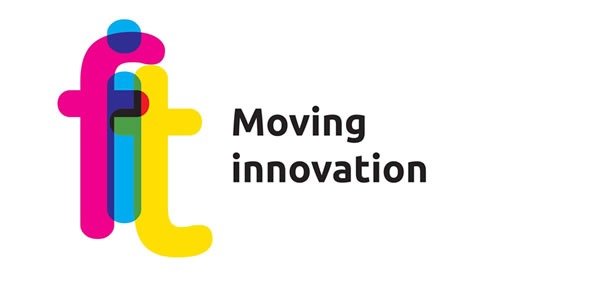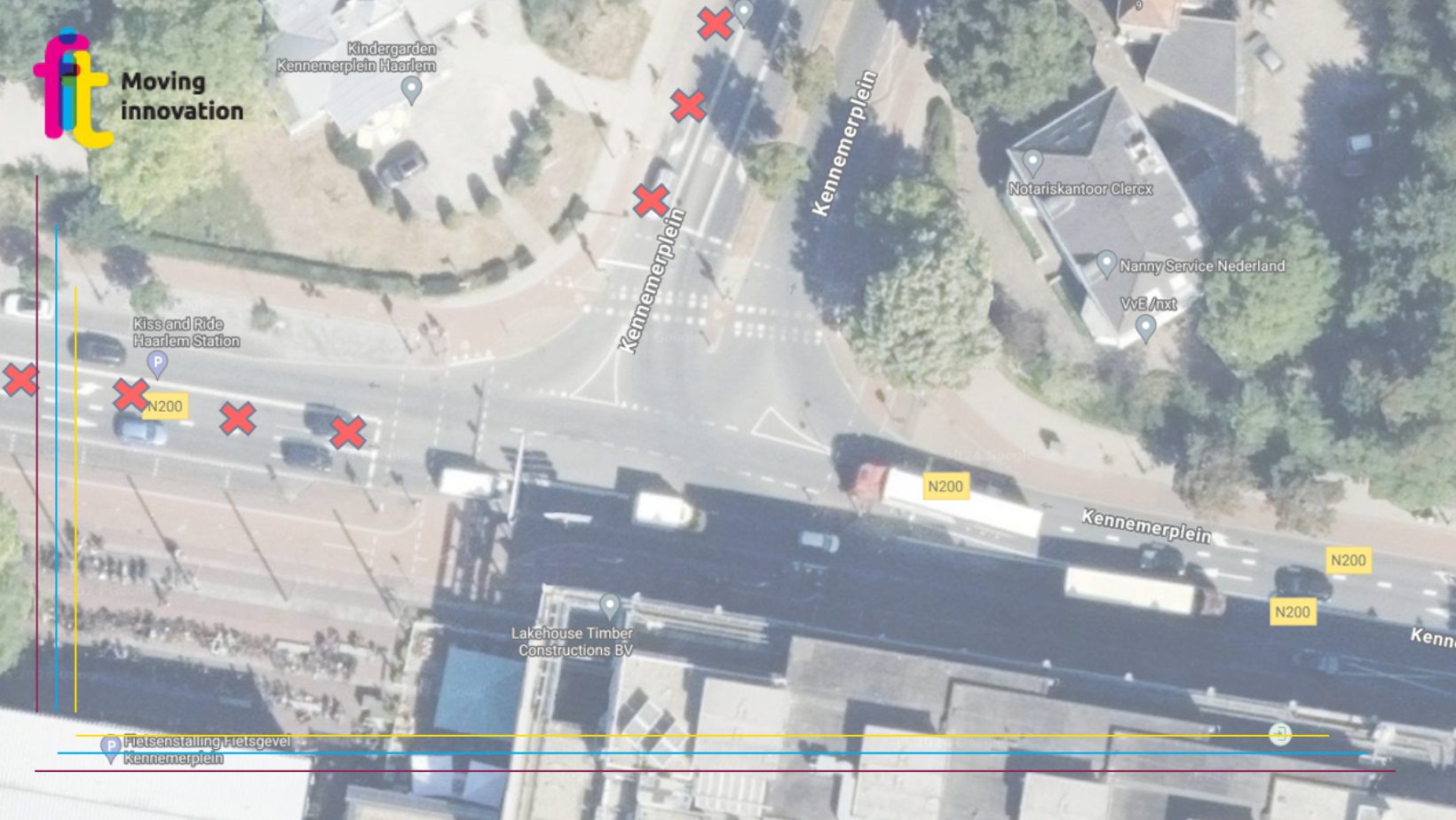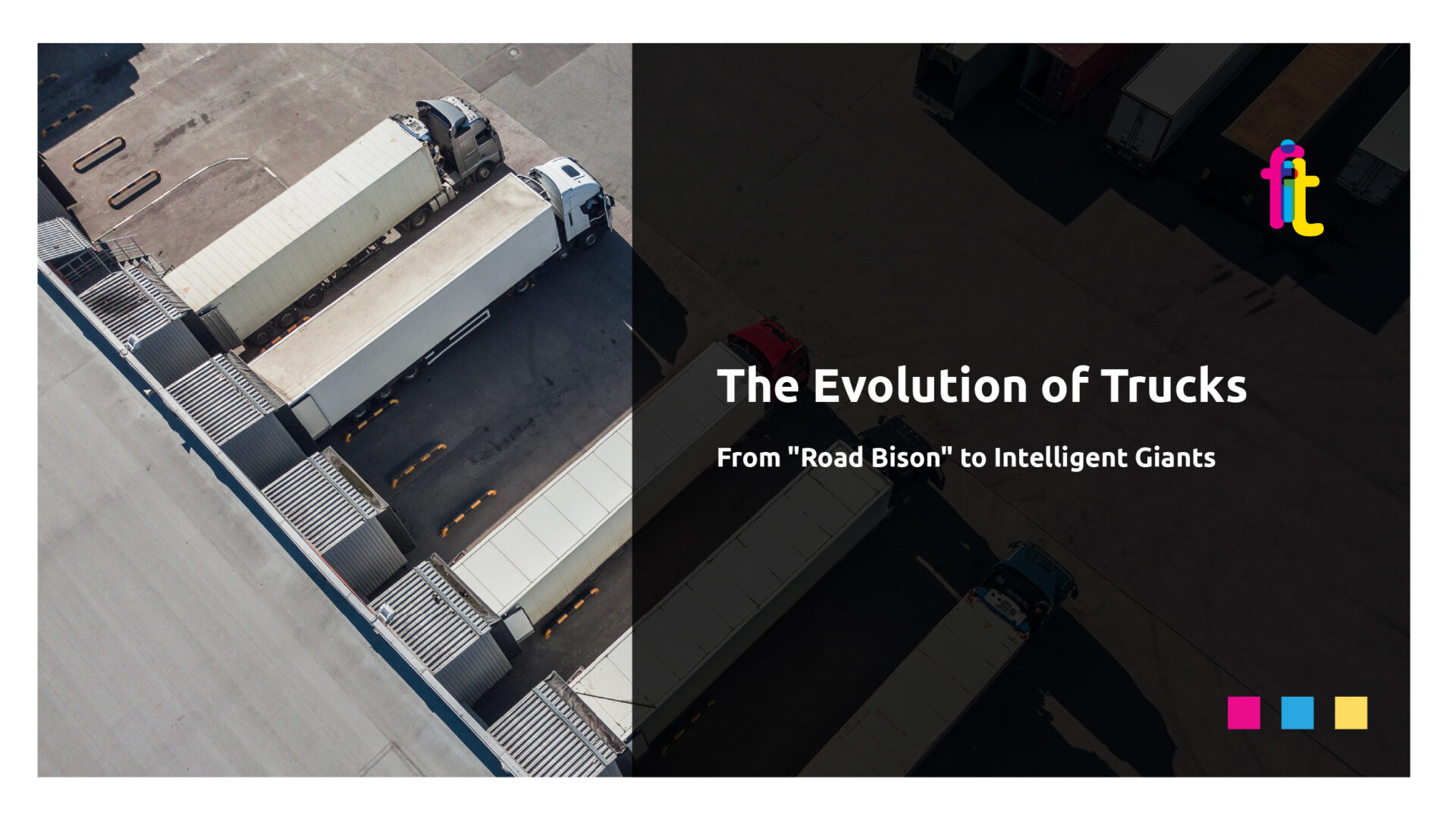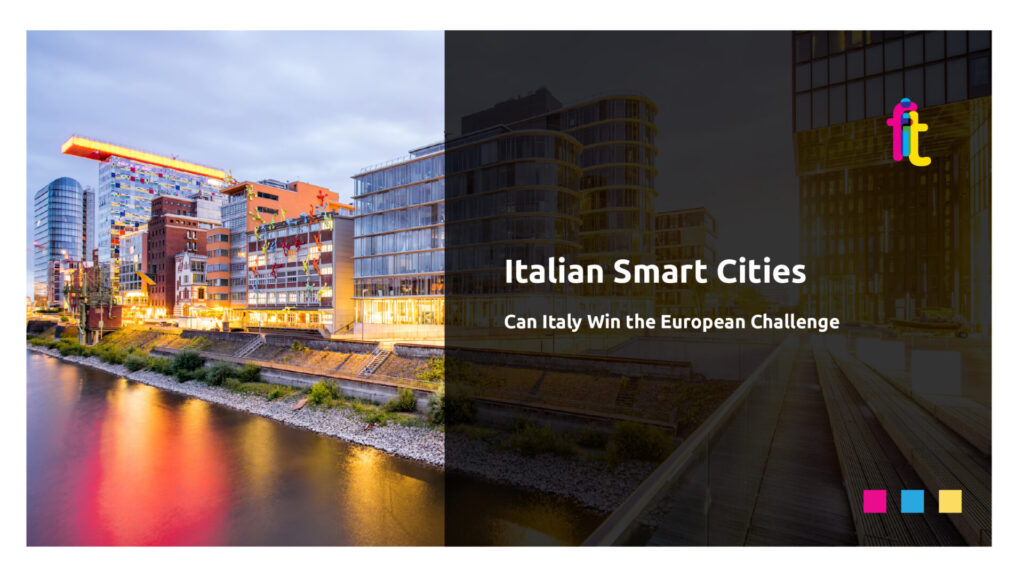In Haarlem an experiment in sustainable mobility that transforms urban space: closed car lanes to give more space to cyclists and pedestrians
The city of Haarlem in the Netherlands recently conducted an innovative experiment in sustainable mobility to promote bicycle use and improve urban livability. For one month, two road lanes were closed at a busy intersection on the main road connecting Zandvoort and Amsterdam. The objective? Reduce space devoted to cars, improve cyclist safety, and create a more human-friendly environment.
A strategic intersection and the challenge of bicycle mobility
The Kennemerplein area is one of the most congested spots in Haarlem, being part of a main road that runs through the city from east to west. Here, car traffic is particularly heavy, but the city administration has decided to tackle the problem with an innovative approach: taking space away from cars and giving it back to cyclists and pedestrians.
According to Rik Froma, Haarlem’s road planning consultant, the intersection had become a real “canal” for cars. Although it is located near the central station, it was therefore identified as an ideal place to encourage bicycle and pedestrian mobility. The experiment involved closing two lanes dedicated to right and left turns, used by a limited number of vehicles, to evaluate the impact of this reduction on traffic and the quality of urban space.
Preparation and monitoring: the key to success
Before starting the test, the planning team used a computer simulation to predict how traffic would adapt. The results indicated that some cars would seek alternative routes, including residential streets such as the Schotersingel, an area unsuitable for supporting high traffic volume. Therefore, sensors were installed and monitoring initiated to collect traffic data before and during the experiment. “The goal,” Froma explained, “was to see if the increase in traffic on these side streets would be minimal. If it was, the test would be considered a success.”
Challenges and lessons learned
Although the test was approved quickly and at relatively low cost, there was no shortage of difficulties. On the first day, residents were not adequately informed, as communication letters were not delivered on time. In addition, road barriers had been placed incorrectly, initially creating confusion.
Despite initial setbacks, however, preliminary results have been promising. Cyclists reported a significant improvement in waiting times at the intersection due to the reduction in car traffic. Although motorists were not as satisfied, the test showed that more dedicated urban spaces for pedestrians and bicycles can improve quality of life without causing significant inconvenience.
“Our goal is to make the city more accessible to people, not cars,” Froma said. “We are already planning to implement a two-way bike path to better connect north and south, and to turn part of the area into a livable plaza.”
A model for the future of cities
The city of Haarlem’s ‘experiment is an example of how cities can experiment with innovative solutions for sustainable mobility. “We need to overcome the idea that every corner of the city has to be perfectly accessible to cars,” Froma concluded. “Cities must be designed for people, not cars.” With more bicycle-oriented policies, Haarlem is thus proving that small changes can have a big impact.
Source: Dutch Cycling Embassy






